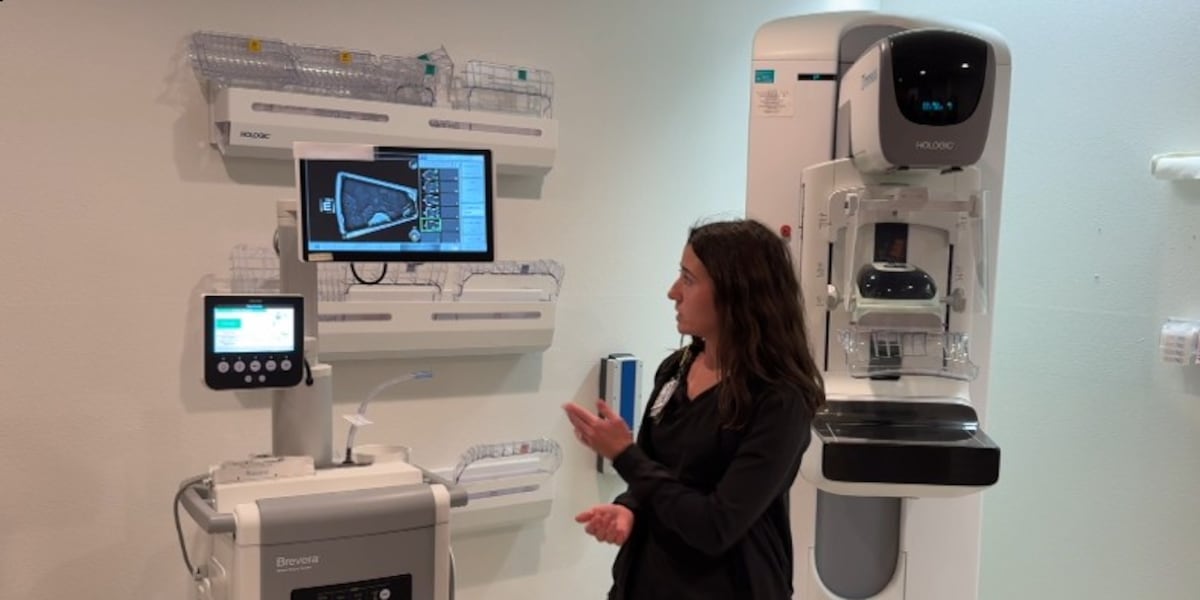Revolutionizing Flight: New Technology Enhances Safety, Efficiency, and Sustainability in Modern Cockpits

A Quieter Revolution in the Skies
Next time you settle in for your in-flight movie, consider the incredible work happening in the cockpit. Beyond the skilled pilots, a silent technological revolution is transforming how airliners operate, and the results are impressive: safer flights, reduced delays, and a smaller environmental footprint. A key component of this evolution is a new generation of flight deck technology, delivering pilots more robust, real-time information directly within the cockpit.
Enhanced Situational Awareness: The Core of Improved Safety
For years, pilots relied on a complex array of gauges, instruments, and checklists. While effective, this system could be overwhelming, especially in challenging conditions. The new flight deck technology centralizes and streamlines this information, presenting it in a clear, intuitive format. Advanced displays integrate data from multiple sources – weather radar, navigation systems, engine performance, and air traffic control – providing pilots with a comprehensive view of the aircraft's status and its surrounding environment. This enhanced situational awareness allows pilots to react more quickly and effectively to unexpected events, significantly improving safety margins.
Beyond Safety: Efficiency and Sustainability Gains
The benefits of this technology extend far beyond safety. By providing pilots with precise data on fuel consumption, wind conditions, and optimal flight paths, the system enables them to make more informed decisions that reduce fuel burn and minimize delays. Real-time performance monitoring allows for proactive adjustments, ensuring the aircraft operates at peak efficiency. This translates directly to lower operating costs for airlines and a significant reduction in carbon emissions – a critical factor in the aviation industry’s efforts to become more sustainable.
Key Features Driving the Change
- Integrated Displays: High-resolution screens consolidate critical information, reducing pilot workload.
- Predictive Analytics: Algorithms anticipate potential issues, allowing for preventative action.
- Data Fusion: Information from multiple sensors is combined to provide a more complete picture.
- Enhanced Navigation: Precise GPS and inertial navigation systems improve route accuracy.
- Automated Alerts: The system proactively alerts pilots to potential hazards or deviations from planned procedures.
Looking Ahead: The Future of Flight Decks
The evolution of flight deck technology is far from over. We can expect to see even greater levels of automation, integration with artificial intelligence, and the incorporation of augmented reality (AR) to further enhance pilot capabilities. As aviation continues to evolve, these advancements will play a crucial role in ensuring the safety, efficiency, and sustainability of air travel for generations to come. The quiet revolution in the cockpit is transforming the skies, one flight at a time.






